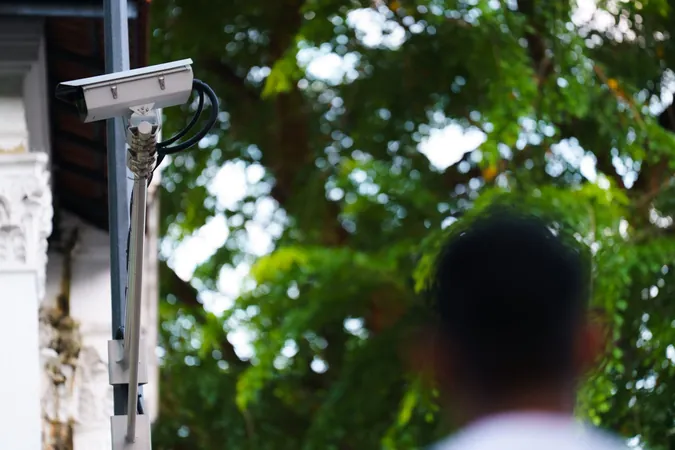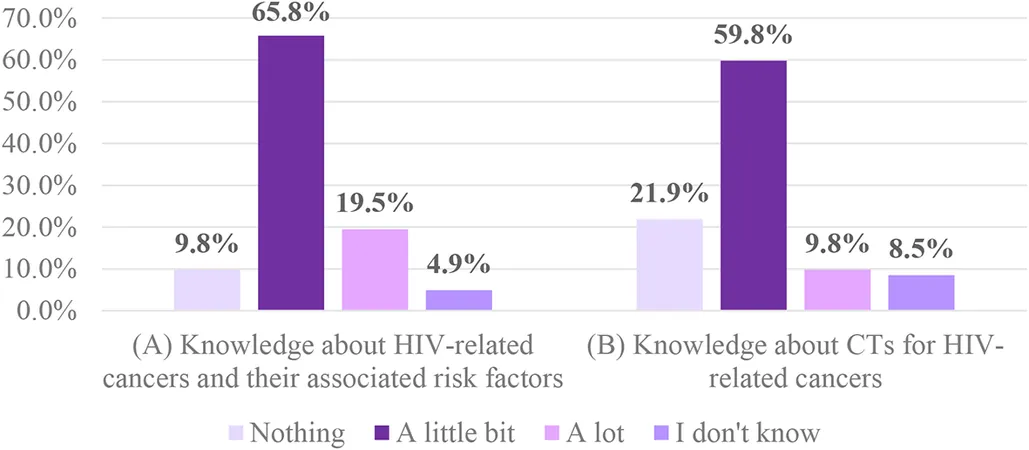
Introducing ERP X: The Future of Traffic Management Without Gantries
2025-06-10
Author: Sarah
A Bold Move Towards Change
In a surprising twist for urban planning, a neighborhood in Indonesia just announced its ambition to become ‘the Singapore of Medan.’ They’ve even crafted their own versions of iconic Singapore landmarks, including a replica of the Merlion and an Electronic Road Pricing (ERP) gantry. This unique tribute showcases just how ingrained Singapore's ERP gantries have become in public consciousness.
The Dread of ERP: A Familiar Experience
For drivers in Singapore, the experience of approaching an ERP gantry is universally relatable—a mix of anxiety followed by the dreaded double beep as funds disappear from their cash cards to manage traffic. Despite widespread acceptance of this toll system, questions arise about whether this cumbersome process could evolve.
What If ERP Could Be an App?
Open Government Products (OGP), a branch of GovTech committed to leveraging technology for the public good, pondered this very question. Originally introduced in April 1998, the ERP system aimed to ease congestion by charging tolls during peak hours. Later, in 2023, the Land Transport Authority (LTA) made significant upgrades with the rollout of ERP 2.0, incorporating satellite technology and eliminating traditional gantries.
Meet ERP X: A Game-Changer in Road Pricing
Despite the additions made in ERP 2.0, user frustration with hardware issues persisted. Christabel Png, a former senior product designer at OGP, led a team that envisioned ERP X—not just an upgrade, but a fundamental rethinking of road pricing.
"The current model is outdated," Christabel reflects, citing her father’s experience with cash cards leading to hefty fines for forgotten top-ups. With ERP X, the aim is to eliminate physical cash cards altogether, replacing them with a streamlined process of automated payments.
Innovation in Action
Launched during OGP’s annual hackathon in January 2024, ERP X was developed swiftly by a small, highly focused team. Leveraging technology that automatically charges linked credit or debit cards upon number plate recognition, users can receive instant notifications about their spending.
Breaking the Mold of Bureaucracy
What sets ERP X apart is not just the technology but the approach. Traditionally, government projects progress through a rigid, top-down method—often stifling innovation. ERP X, on the other hand, embraced an iterative design process that allowed real-time feedback and adjustments.
Christabel spent weeks researching user experiences, driving around with strangers, and refining the app. This agile methodology produced a prototype within a month, demonstrating how effective collaboration in a governmental context can produce impressive results.
Fighting to Unlock Potential
Despite its promise, ERP X faces challenges as ERP 2.0 continues its rollout with thousands of existing installations. While ERP X won't immediately replace it, it offers a tantalizing glimpse of smart, user-centric government technology.
What Lies Ahead for ERP X?
Even as Christabel moves on to pursue her master's in art in London, she remains hopeful about ERP X's potential. With trials already launched in select regions, there’s palpable excitement about refining this innovation to fully realize its capabilities.
Ultimately, projects like ERP X illustrate that large-scale innovation in public infrastructure doesn’t have to be a lengthy, bureaucratic process. With creativity and collaboration, transformative change is not just possible—it's already happening.
A Call to Action
For those looking to shape the future of public services, Christabel's journey offers an inspiring message: don’t wait for an invitation to innovate. Instead, take charge, dream big, and let your vision pave the way for a brighter tomorrow in urban management.


 Brasil (PT)
Brasil (PT)
 Canada (EN)
Canada (EN)
 Chile (ES)
Chile (ES)
 Česko (CS)
Česko (CS)
 대한민국 (KO)
대한민국 (KO)
 España (ES)
España (ES)
 France (FR)
France (FR)
 Hong Kong (EN)
Hong Kong (EN)
 Italia (IT)
Italia (IT)
 日本 (JA)
日本 (JA)
 Magyarország (HU)
Magyarország (HU)
 Norge (NO)
Norge (NO)
 Polska (PL)
Polska (PL)
 Schweiz (DE)
Schweiz (DE)
 Singapore (EN)
Singapore (EN)
 Sverige (SV)
Sverige (SV)
 Suomi (FI)
Suomi (FI)
 Türkiye (TR)
Türkiye (TR)
 الإمارات العربية المتحدة (AR)
الإمارات العربية المتحدة (AR)